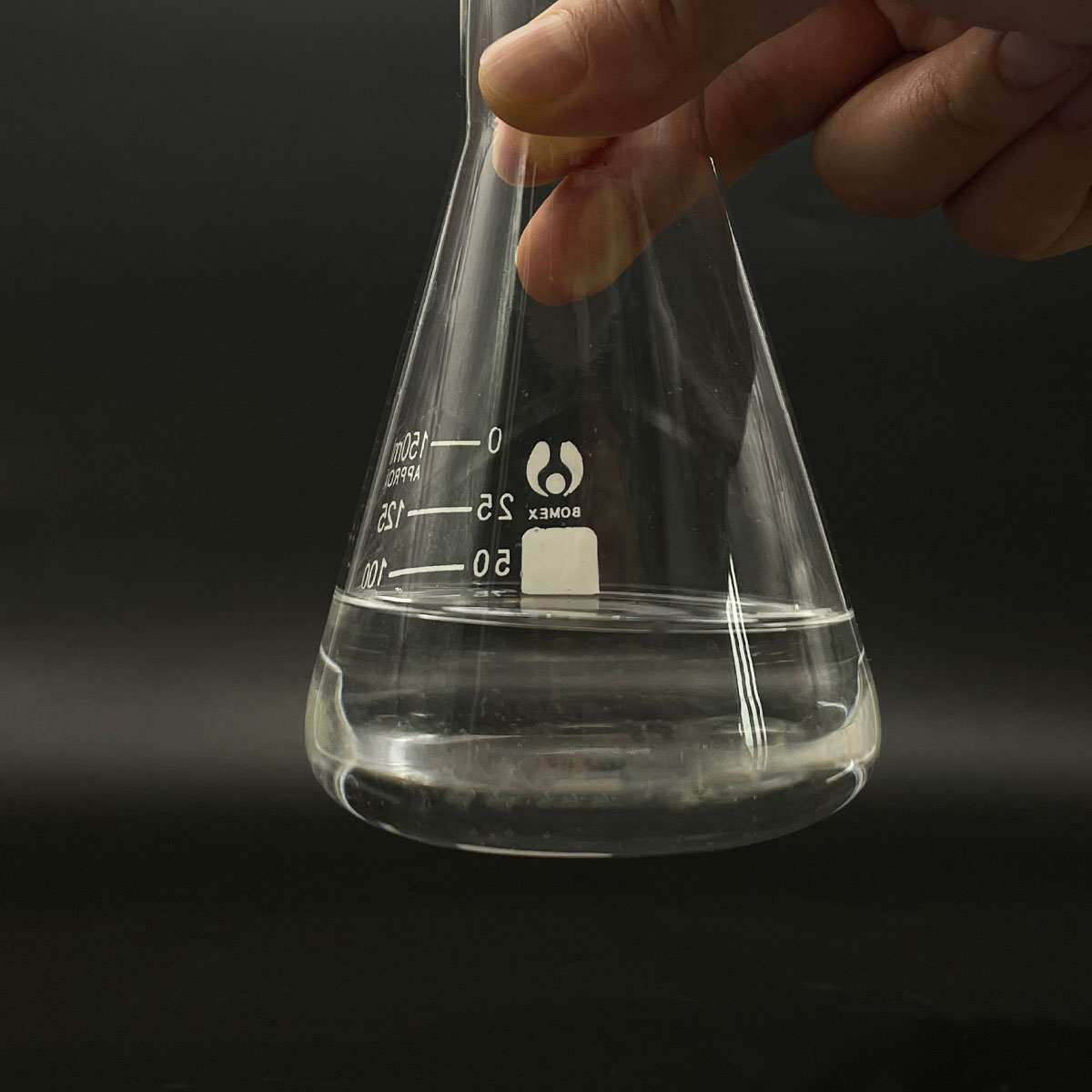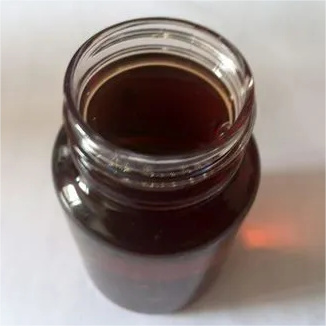1. Introduction
In the past 48 hours, major cosmetic retailers across Europe have begun updating product labels to highlight ‘SLS-free’ formulations in response to growing consumer demand for gentler personal care ingredients—a trend accelerated by new EU guidelines encouraging transparency around surfactant use. At the heart of this shift is sodium lauryl sulfate (SLS), one of the most recognizable yet controversial surfactants in modern formulations. Whether you’re lathering shampoo, washing dishes, or mixing a weed killer, chances are you’ve encountered SLS or its close cousins like sodium laureth sulfate (also called sodium lauryl ether sulfate or sodium lauryl ether sulphate). But what exactly is sodium lauryl sulfate, and why does it spark so much debate?

2. What Is Sodium Lauryl Sulfate?
Sodium lauryl sulfate—also known by its chemical name sodium dodecyl sulfate (SDS)—is a synthetic anionic surfactant derived from lauryl alcohol, often sourced from coconut or palm kernel oil. As a surfactant, its primary role is to reduce surface tension between liquids or between a liquid and a solid, enabling better mixing, foaming, and cleaning. You’ll see it listed under various names including sls sodium lauryl sulfate, na lauryl sulfate, natrium lauryl sulfate, or simply lauryl sulfate. Despite its effectiveness, SLS has drawn scrutiny for potential skin irritation, especially in sensitive individuals.
3. The Meaning of Surfactant and How SLS Fits In

The term ‘surfactant’ is short for ‘surface-active agent.’ Surfactants like sodium lauryl sulfate have a dual-nature molecular structure: a hydrophilic (water-loving) head and a hydrophobic (oil-loving) tail. This allows them to interact with both water and oils, making them ideal for emulsifying, foaming, and lifting dirt. Surfactants fall into four main categories: anionic, cationic, non-ionic, and amphoteric. SLS is a classic example of an anionic surfactant, meaning it carries a negative charge in solution. Other anionic surfactants include sodium dodecylbenzene sulfonate, sodium lauroyl sarcosinate, sodium coco sulfate (sometimes labeled as coco sodium sulfate), and ammonium lauryl sulfate (also called ammonium dodecyl sulfate or ammonium lauryl sulphate).
4. Common Applications of SLS
Sodium lauryl sulfate is prized for its strong cleansing and foaming power. It’s a staple in toothpaste, facial cleansers, body washes, and industrial cleaners. Beyond personal care, SLS serves as a wetting agent in agriculture—often used as a surfactant for herbicides or a lawn wetting agent to help weed killers like Roundup penetrate waxy plant surfaces. In fact, many ‘surfactant for weed killer’ products contain SLS or similar compounds such as polysorbate 80, Span80, or lignin sulfonate to enhance efficacy. Some even combine SLS with methylated seed oil for improved adhesion and spread.

5. SLS vs. Similar Surfactants: Understanding the Differences
While often confused, sodium lauryl sulfate (SLS) and sodium laureth sulfate (SLES)—also known as sodium lauryl ether sulfate or sulfate laureth—are chemically distinct. SLES is ethoxylated, meaning it’s processed with ethylene oxide to create a milder, less irritating molecule. Labels may read ‘sls sodium laureth sulfate’ or ‘laureth sulphate,’ but these refer to SLES, not SLS. Other related ingredients include sodium lauroyl methyl isethionate and sodium cocoyl isethionate, which offer gentle cleansing without the harshness of traditional sulfates.
6. Gentler Alternatives to SLS
As awareness grows, formulators are turning to milder, often bio-based surfactants. Alkyl polyglucoside, decyl glucoside, and coco glucoside are non-ionic surfactants derived from sugar and fatty alcohols, offering effective cleansing with low irritation. Amphoteric surfactants like cocamidopropyl betaine (also called coco betaine, amidopropyl betaine, or coco amido propyl betaine) are frequently paired with SLS to reduce its aggressiveness. Additional alternatives include sodium cocoyl glutamate, sodium lauroyl sarcosinate (a sarcosinate derivative), and bio surfactants such as rhamnolipids. Companies like Rohit Surfactants Private Limited now specialize in producing eco-friendly options like ethoxylated alcohols and fluoro surfactants for niche applications.
7. Safety, Misconceptions, and Regulatory Status
Despite viral claims online, regulatory bodies like the FDA and EU SCCS consider SLS safe at typical usage levels. However, it can cause irritation in high concentrations or with prolonged skin contact—especially compared to milder options like cocamidopropyl or lauroyl sarcosinate. It’s worth noting that SLS is not the same as sodium deoxycholate or sodium oleate, which are bile salt–derived surfactants used in labs and pharmaceuticals. Also, while cetyl trimethyl ammonium bromide (CTAB) and cetyltrimethylammonium bromide are cationic surfactants used in disinfectants, they function very differently from anionic SLS. And no, copper 1 bromide isn’t a surfactant—it’s sometimes confused due to naming similarities but plays no role in surface activity.
8. Where to Find SLS and Industry Trends
For manufacturers or DIY formulators, sodium lauryl sulfate for sale is widely available from chemical suppliers globally. However, the market is shifting: brands are reformulating with blends of nonionic surfactant (like Pluronic 127 or Poloxamer 188) and amphoteric co-surfactants to meet clean-label demands. Even agricultural sectors are exploring biodegradable wetting agents over traditional SLS-based systems.
9. Conclusion
Sodium lauryl sulfate remains a workhorse surfactant thanks to its powerful performance and low cost. Yet, as consumers seek gentler, more sustainable options, the surfactant landscape is evolving rapidly. Understanding the differences between anionic, cationic, non-ionic, and amphoteric types—and knowing alternatives like alkyl polyglucoside or cocamidopropyl betaine—empowers smarter choices whether you’re formulating a shampoo or mixing a garden herbicide. While SLS isn’t inherently dangerous, context matters: concentration, formulation, and individual sensitivity all play key roles in its safety profile.
Our Website founded on October 17, 2012, is a high-tech enterprise committed to the research and development, production, processing, sales and technical services of ceramic relative materials such as Sodium. Our products includes but not limited to Boron Carbide Ceramic Products, Boron Nitride Ceramic Products, Silicon Carbide Ceramic Products, Silicon Nitride Ceramic Products, Zirconium Dioxide Ceramic Products, etc. If you are interested, please feel free to contact us.


